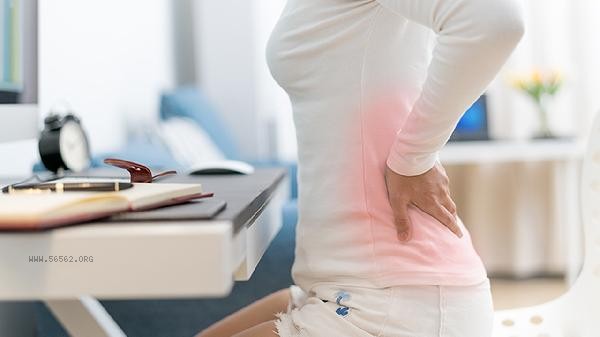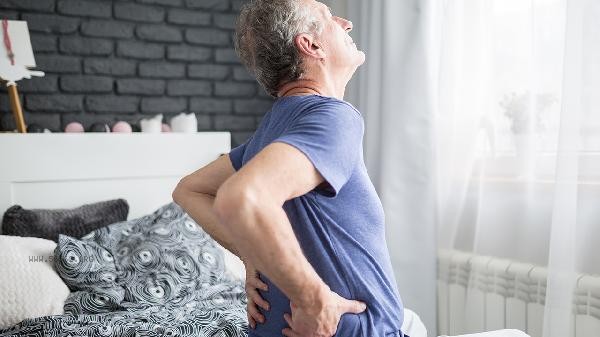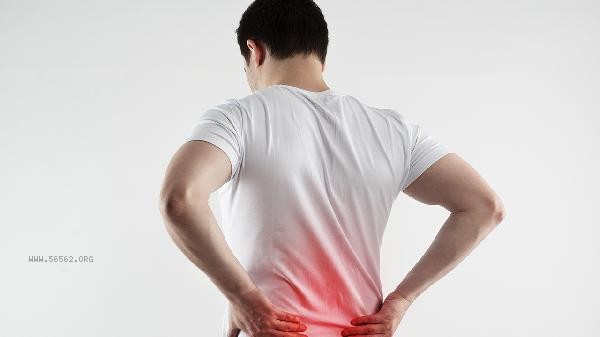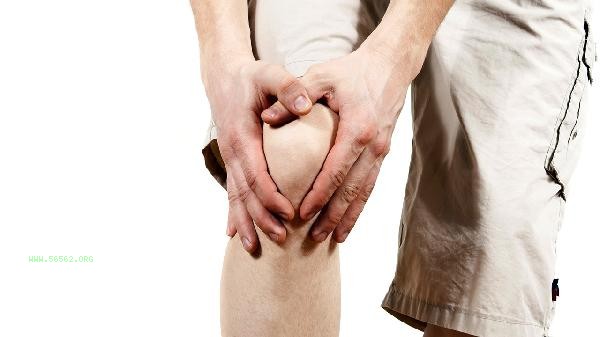The main examinations needed for lower back pain include physical examination, imaging examination, laboratory examination, neurophysiological examination, special examination, etc. Lower back pain may be related to factors such as lumbar disc herniation, lumbar muscle strain, osteoporosis, urinary system diseases, gynecological diseases, etc. It is recommended to seek medical attention promptly to clarify the cause.

1. Physical examination
Doctors will use palpation, percussion, and other methods to check for tenderness and percussion pain in the waist, observe whether there is limited movement in the waist, and determine whether there is muscle spasm or joint displacement. Physical examination can preliminarily assess the nature and severity of lower back pain, providing direction for subsequent examinations.
2. Imaging examination
X-ray examination can observe whether the lumbar spine bone structure is abnormal, such as fractures, bone hyperplasia, vertebral slippage, etc. CT scan can more clearly display the condition of intervertebral discs, spinal canal, and nerve roots. MRI examination has high resolution for soft tissue and can clearly identify lesions such as intervertebral disc herniation and spinal cord compression. Imaging examination is an important means of diagnosing the causes of lower back pain.
3. Laboratory examination
Blood routine examination can determine whether there is infection or inflammation. Urinalysis can help rule out urinary system diseases. ESR and C-reactive protein tests can evaluate the degree of inflammation. Rheumatoid factor and HLA-B27 tests are helpful in diagnosing autoimmune diseases such as ankylosing spondylitis. Laboratory tests can assist in diagnosing systemic causes of lower back pain.

4. Neuroelectrophysiological examination
Electromyography examination can evaluate nerve and muscle function and determine whether lower back pain is related to nerve damage. The examination of nerve conduction velocity is helpful in diagnosing peripheral neuropathy such as sciatica. Neuroelectrophysiological examination has important value in the diagnosis of neurogenic lower back pain.
5. Special examination
Bone density examination can diagnose osteoporosis. Ultrasound examination of the urinary system can rule out diseases such as kidney stones. Gynecological examinations can help diagnose lower back pain caused by gynecological diseases such as pelvic inflammatory disease. Based on the specific condition of the patient, the doctor may recommend other special examinations to clarify the cause. Patients with lower back pain should pay attention to maintaining the correct posture in daily life, avoid sitting for long periods of time, and engage in appropriate lower back exercises such as Xiaoyanfei and five point support to enhance the strength of the lower back muscles. Choose a mattress with moderate hardness during sleep to avoid catching a cold in the waist. Calcium and vitamin D can be supplemented appropriately in diet, and more foods such as milk, soy products, and deep-sea fish can be consumed. If the lower back pain persists or is accompanied by symptoms such as numbness and weakness in the lower limbs, timely medical examination and treatment should be sought.









Comments (0)
Leave a Comment
No comments yet
Be the first to share your thoughts!